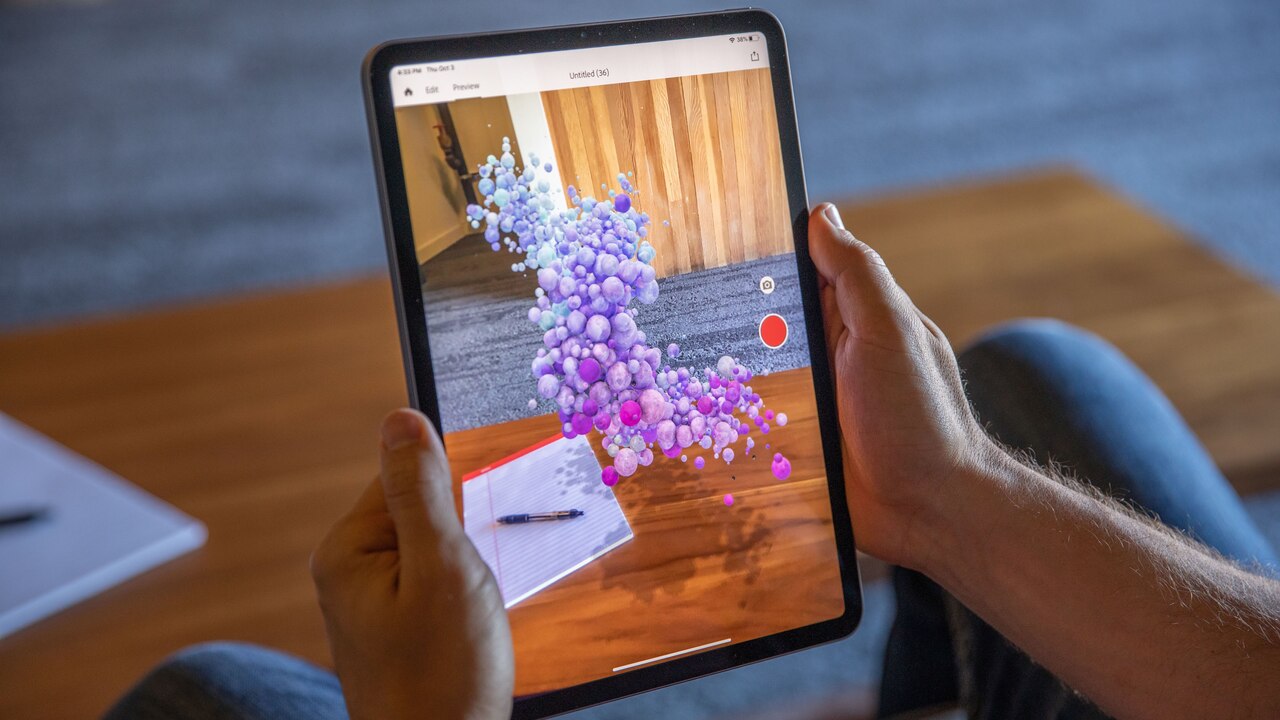
In the vast landscape of 3D design and animation, software has evolved significantly, continually expanding in complexity and capability. Central to this evolution are Blender plugins and add-ons, small programs integrated into the software to enhance its functionality. These powerful tools can streamline workflows, introduce new features, and augment existing ones, revolutionizing the way 3D artists work.
Plugins and add-ons play a vital role in enhancing the functionality of 3D software. They provide additional features and tools, extending the software's native capabilities. This can range from simplifying complex tasks, such as UV mapping and rigging, to introducing entirely new functions, such as advanced particle systems or unique rendering algorithms. By doing so, plugins and add-ons streamline workflows, enabling artists to execute tasks more efficiently and effectively.
Imagine a scenario where an artist needs to create a complex 3D environment for a video game. With the help of a plugin, they can quickly generate and populate realistic landscapes, saving countless hours of manual labor. In another instance, a character animator might use an add-on to automate the lip-syncing process, syncing the character's mouth movements to an audio track with ease.
Adobe experts say, “Explore the power of Substance 3D ecosystem just like that.”
One of the greatest strengths of plugins and add-ons is their ability to cater to specific needs and niches. They provide specialized tools and features that may not be part of the core software, catering to various use cases and industries.
For instance, architectural visualization artists might benefit from a plugin that offers advanced building and city-generation tools. On the other hand, character animators might prefer a plugin that provides a robust auto-rigging system. This diversity and specificity empower artists, allowing them to tailor their software environment to suit their unique needs.
Plugins and add-ons are practical tools and platforms for innovation and exploration. Independent developers and enthusiasts often create these, bringing fresh ideas and approaches to the table. This leads to introducing innovative features and techniques, pushing the boundaries of what's possible with 3D software. Moreover, plugins and add-ons encourage experimentation, inviting artists to try new methods and approaches, ultimately contributing to their growth and development.
Automating complex tasks and providing intuitive interfaces, plugins, and add-ons make 3D software more accessible to beginners and hobbyists. They bridge the gap between the complexity of professional-grade software and the user's learning curve. This democratization of 3D art has led to an explosion of creativity, with more people than ever exploring the field. It underscores the importance of plugins and add-ons in improving software and fostering a vibrant and diverse community of artists.
An often overlooked but significant aspect of plugins and add-ons is their role in community-driven development. Many plugins and add-ons are open source, with communities of developers contributing to their growth and evolution. This collaborative process enables rapid bug fixes, frequent updates, and a steady stream of new features. Furthermore, it establishes a feedback loop between users and developers, ensuring the plugins and add-ons evolve to serve the community's needs best.
Including plugins and add-ons in 3D software is a testament to the software's adaptability and flexibility. They enhance functionality, cater to niche requirements, foster innovation, increase accessibility, and promote community-driven development. In essence, they are powerful tools that unlock new possibilities, driving the progress of 3D software and, by extension, the field of 3D art and design.
Get all latest content delivered to your email a few times a month.
Bringing Pop Culture News from Every Realm, Get All the Latest Movie, TV News, Reviews & Trailers
Got Any questions? Drop an email to [email protected]